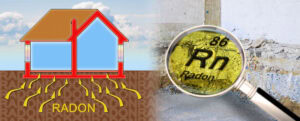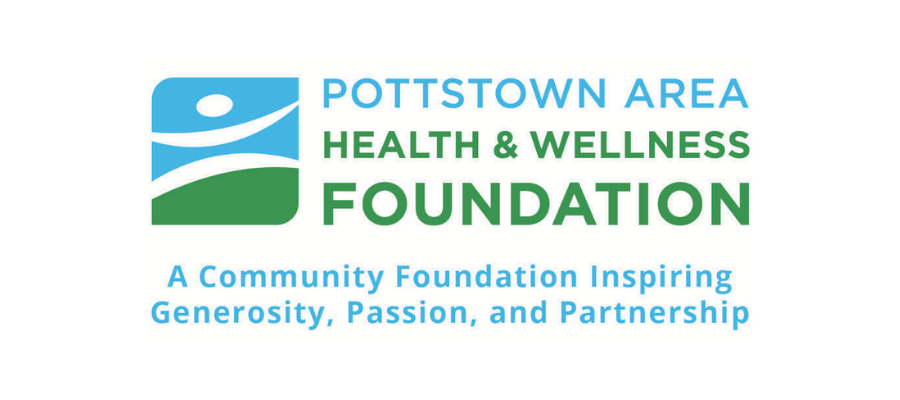Are You at Risk? January Is National Radon Action Month
Although a preventable health risk, radon poisoning takes the lives of about 21,000 Americans annually. Among non-smokers, it is the leading cause of lung cancer deaths. Pottstown Area Health & Wellness Foundation explains radon’s origin and how to prevent unnecessary exposure. Take these precautions.
What Is Radon?

People are always exposed to radon. It exists in the earth. Radon is a natural radioactive gas that originates when radioactive metals (uranium, thorium, or radium) break down in rocks, soil, and groundwater.
Problems occur when people are exposed to radon that collects in homes, schools, and other buildings. As a gas, it can seep through cracks and gaps in the foundation from the surrounding soil. It can affect anyone’s home, regardless of location, even though some areas are more vulnerable. Radon concentration levels depend on the type of soil and rock underneath a building or home. They do not fluctuate based on building design, construction, or style.
Should You Worry About Radon?
As with anything, worry will not fix a problem. Take action instead. Radon cannot be seen, smelled or tasted—even at dangerous levels. A radon test is the only way to detect radon levels in a building.
Testing is easy and inexpensive. You can test with a home kit purchased online from National Radon Program Services or at a local hardware or home improvement store. These tests are provided by certified laboratories and confirmed to yield accurate results. If preferred, you can hire a certified tester to test for you.
Winter is an ideal time to test. In cold-weather climates, homes, buildings, and other structures are usually tightly sealed, which allows the most accurate results. Always test in the basement or on the ground floor where levels are often highest. Radon should be less than 4 picocuries per liter (pCi/L) of air, as per the U.S. Environmental Protection Agency. Anything at 4 picocuries or higher requires corrective action to mitigate the situation.
You also should retest for confirmation and continue testing in the future to ensure mitigation systems are functioning properly. Pennsylvanians who tested their home or other buildings and discovered levels greater than 100 picocuries per liter may be eligible for a free short-term confirmation test kit by calling the Bureau of Radiation Protection: 800-237-2366 or 717-783-3594.
Areas at Risk
You can search by zip code for Pennsylvania areas more threatened by radon. However, a low neighborhood average does not automatically mean your home or building is safe from radon. In general, Pennsylvania has a higher incidence of radon problems due to geological conditions. The average residential radon level in Pennsylvania is 7-8 picocuries per liter—higher than the 3-or-less picocuries acceptable. Approximately 40 percent of Pennsylvania homes have elevated radon levels. The Pennsylvania Department of Environmental Protection (DEP) strongly advises all Pennsylvania residents to test their homes for radon.
Essential Steps for Safety
Radon-resistant homes are safer and healthier. If you are considering new construction, plan ahead. It is more economical and practical to install a radon system during construction than after completion.
For existing homes, be aware of this naturally occurring element as you would any other danger. Like testing smoke detectors and repairing brakes on a car, radon monitoring is essential to protect ourselves and those we love.
